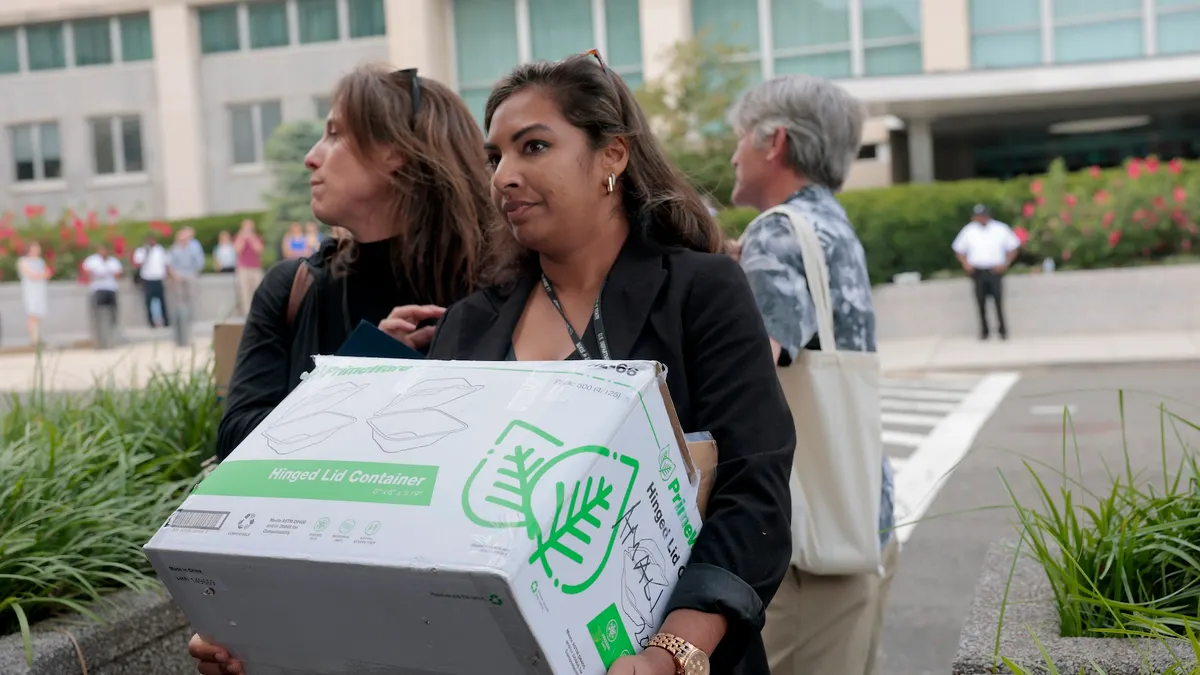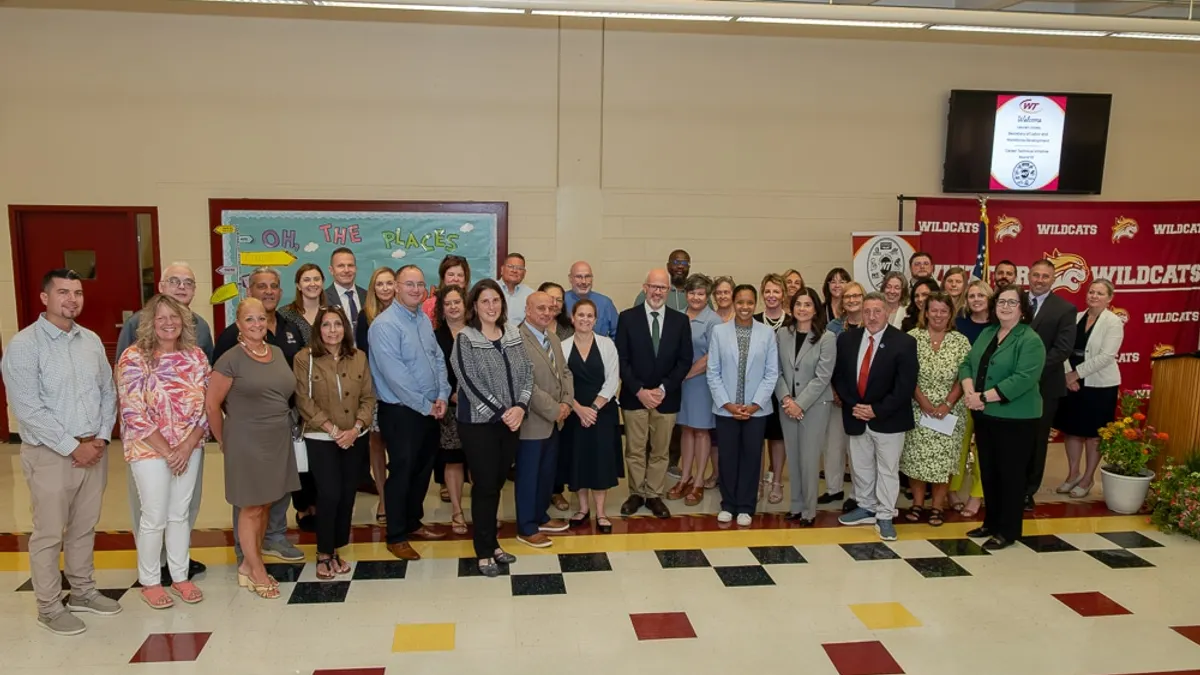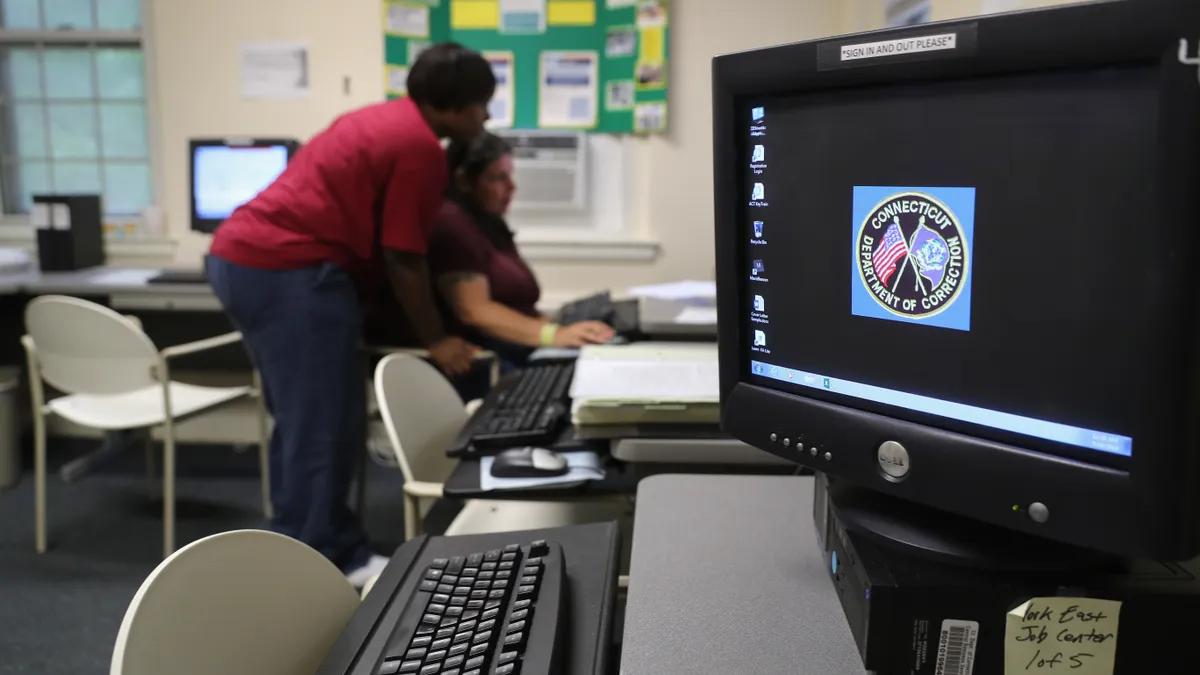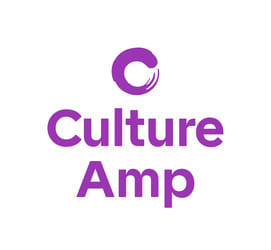Nearly a year ago, California filed a civil suit against video game publisher Blizzard Entertainment and its parent organization, Activision Blizzard, alleging rampant sexism and sexual harassment. Last month, the company announced the appointment of its first head of culture, Jessica Martinez.
But what does someone in that role do, exactly?
According to Blizzard, Martinez will grow and implement the company’s culture strategy, ensure organizational alignment and revamp learning and development initiatives. “When you create a people-first environment where teams feel safe, valued, and work together toward a shared purpose, everyone thrives — the employees, the players, and the business,” Martinez said in the press release announcing her role.
Blizzard’s designation of a culture-focused executive follows alleged harassment and turmoil at the company. Scores of organizations are making similar moves, though many are looking to proactively change their company’s culture because the benefits are vital. Three-quarters of employees in a Gartner poll said culture is an important factor in their success, but only 1 in 4 workers surveyed said they felt connected to their organization’s culture. As a result, employers are increasingly focused on culture, but the changing nature of work — and hybrid models, in particular — complicate their efforts.
The solution, Gartner suggested, is to align and connect workers with company culture. Blizzard used the same language in announcing Martinez’s appointment. And Erin Bloom, head of culture and community at global staffing firm Aquent, expressed a similar sentiment when describing her role.
“I think of culture as a living, breathing thing within an organization,” Bloom said. “We have our company pillars and values that drive everything we do at Aquent, and I see myself as being the human guide of that.”
Bloom has only been in her role for a little more than a year, but she started at Aquent 23 years ago. She previously served as global director of real estate before Aquent moved to a remote-first work model.
Bloom is the first to occupy her new position. She reports to the company’s head of people, serving on the people leadership team. Her work can be divided into three buckets: DEI, internal communications and distributed operations.
“It’s a very collaborative role,” Bloom said. “But I’m not the traditional HR person. I’m a safe place for people to come talk ... because they’re not reporting to me.” The informal nature of her position allows Bloom to emphasize employee listening — an element of culture that holds extreme importance post-pandemic, Bloom said.
“People’s lives have been completely uprooted in the last couple of years, so it’s really important for us to be able to listen to our employees and respond,” Bloom said. “I’m the curator of that.”
A more traditional HR person, saddled with compliance and legal considerations, may never be able to devote this kind of focus to employee listening or culture. But Bloom can. Recently, Aquent employees were asking for guidance pertaining to the company’s unlimited PTO plan. Bloom pushed her team to release an expanded list of recognized holidays, and the company is actively reevaluating the list.
Bloom’s role also allows her to address the company’s newly distributed work model — a cultural concern for many organizations. Before the pandemic, Aquent operated out of offices across the world, though it featured a growing contingent of remote workers. Now that the entire company operates remotely, Bloom has seen the workforce grow more connected.
“Before, culture was all about geography,” she said. “But now we have a cohesive culture that encompasses all aspects of our company — not just your local team.”
Still, Aquent’s transition to remote-first work demands a focus on culture — a focus that orients many culture leaders in Bloom’s network. Many of her peers are discussing how the future of work will take shape with so much in flux around working arrangements. Meanwhile, they continue to grapple with high resignation rates.
“There’s still a talent shortage out there, so we have to be mindful of how to attract and retain the best talent,” Bloom said. “Talent wants to feel a shared purpose so they can learn and grow. That’s why it’s really critical to have people in these roles.”






















